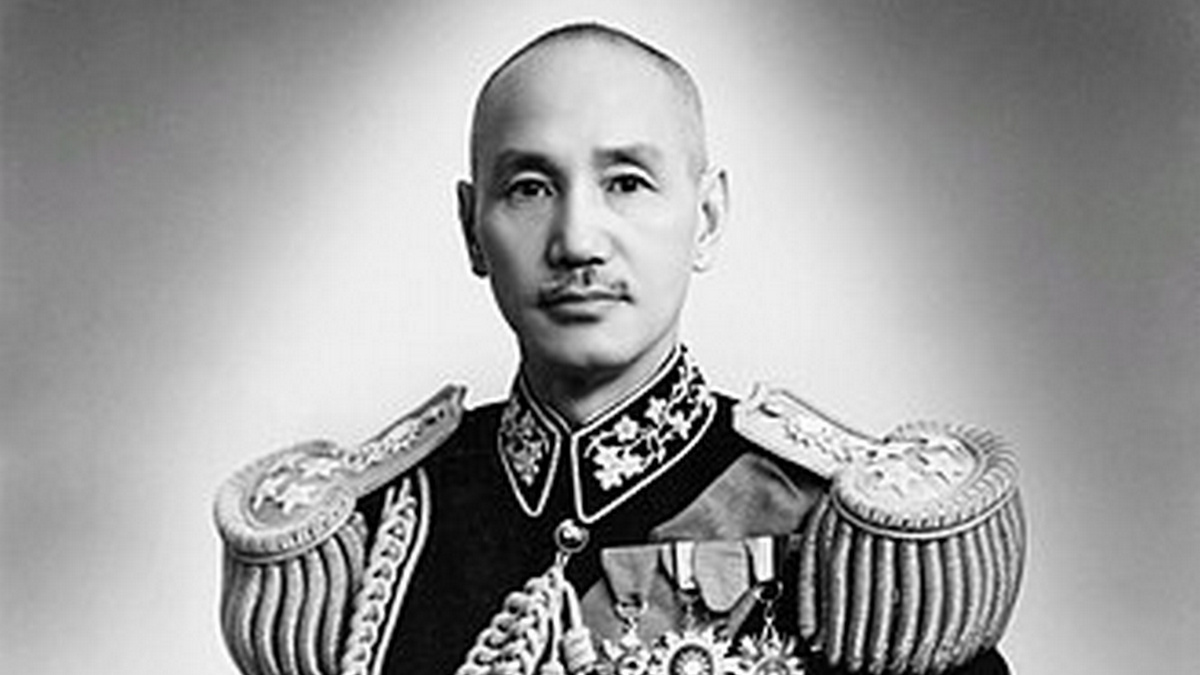Taiwan is making a break from the past.
The self-governing island has announced it will bring down over 750 statues of Chiang Kai-shek.
The move comes after Taiwan’s ruling Democratic Progressive Party had in 2018 set up a panel to examine Chiang’s reign.
But who is Chiang? What do we know about him?
Let’s take a closer look:
Chiang is a controversial figure in Taiwan. He ruled the island with an iron fist for almost three decades until his death in 1975. The dictator’s brutal regime saw at least 140,000 people imprisoned and 3,000 to 4,000 people executed, as per The Guardian.
Hailing from Xikou town in China’s coastal province of Zhejiang, Chiang came from a salt merchant family as per Asia Society. As a young man Chiang studied classical literature but never took the civil service exam.
Chiang went to Japan as a young man to study tactics and military strategy. Here, he became familiar with Sun Yat-sen and the republican Revolutionary Alliance. When he returned from Japan, Chiang took on warlord Yuan Shikai. In the meantime, he became closer to Sun.
As per History.com, Chiang joined the Chinese Nationalist Party (Kuomintang, or KMT) in 1918. He succeeded Sun, who founded the party, as its leader in 1925. Chiang then purged Chinese communists from the party and successfully unified China.
In 1928, Chiang was sworn in as China’s leader. Chiang continued to crack down on communists and moved China’s capital to Nanjing.
In 1946, China witnessed the outbreak of civil war. Mao Zedong’s Communist forces defeated Chiang in 1949, rose to power and formed the People’s Republic of China. Chiang and his followers, meanwhile, fled to Taiwan where they formed a government in exile. Chiang, who was superintendent of the Whampoa Military Academy in Guangdong province in 1924, re-established it in Taiwan in 1950.
Chiang was said to be a violent, erratic, domineering person, as per History.com. He would fly off the handle in an instant, resulting in him beating and even killing people. A book he wrote entitled China’s Destiny was labelled China’s “Mein Kampf” by one US general.
Chiang, who received support from the United States, put Taiwan on the path to modernisation. In 1955, the US signed a declaration guaranteeing it would come to China’s aid. Many nations continued to acknowledge Chiang’s regime as the real Chinese government until his death. Chiang was succeeded by his son Chiang Ching-kuo. The younger man then removed martial law from Taiwan and put it on the path to self-rule.
Chiang’s legacy continues to be debated by experts in Taiwan. Some point to his brutal regime and repression of dissidents, while others point to all the good he did for Taiwan economically. His KMT party continues to exist to this very day.
Some have accused the independence-leaning DPP, which is currently ruling Taiwan, of attempting to “de-sinicise” Taiwan by tearing down statues of Chiang. The late dictator, of course, is a living reminder of Taiwan’s cultural and historical links with China.
Huang Kwei-bo, a professor of diplomacy at National Chengchi University in Taipei, told SCMP, “Before any public discussion or debate on social justice, and before any court determination of violating so-called transitional justice, the unilateral handling of a former leader who contributed to the defence of Taiwan and its outlying islands by the [DPP] authorities is unreasonable.”


)

)
)
)
)
)
)
)
)



